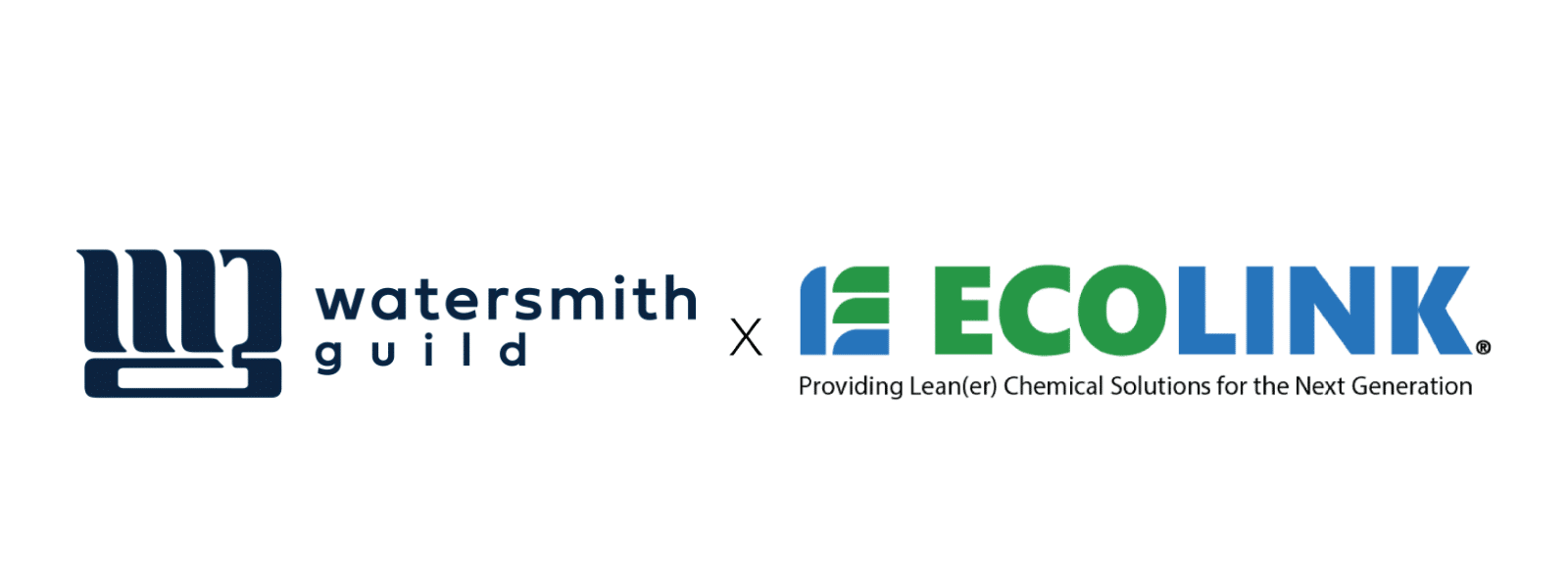The flash point of a solvent is the lowest possible temperature at which it can vaporize to form an ignitable vapor. Flash point is often confused with “autoignition temperature”, which is the temperature at which a solvent ignites without an ignition source. It is also confused with “fire point”, which is the temperature at which the ignitable vapor burns after it has been ignited.
All three concepts are important for applying flammable solvents in the proper way and ensuring that the environment where they are applied is safe. However, flash point tends to receive the most attention because the ignition of flammable vapors happens so insidiously. For example, flammable volatile organic compounds (VOCs) can vaporize at room temperature and ignite.
Choosing an Appropriate Flashpoint
It should be mentioned that not all cleaning solvents have a flashpoint. Some feature a formulation that makes them completely inflammable. However, the movement to create non-flammable solvents is still in its infancy compared to the practice of manufacturing flammable ones. So, it is not uncommon for the solvent a company needs to have a flashpoint.
The question, of course, is: when it comes to flash point, how low is too low? The answer depends largely on the application for which the solvent is used. For example, a solvent that is used to degrease hot jet engines soon after they exit the runway should ideally have a higher flashpoint than a solvent that is used to degrease the same engines after they have cooled.
If you would like to know a specific temperature at which the flash point of a solvent becomes a safety concern, the Department of Transportation (DOT) states that “any materials with flash points lower than 60 degrees C (140 F) [should] be handled with extra caution.” Taking “extra caution” with a highly flammable solvent involves the following considerations, among others.
- Where and how the solvent is stored
- Protective equipment for those who use the solvent
- The application for which the solvent is used
- Ignition sources in the environment of application
Failing to consider these factors can result in fires that cause major property damage property and seriously injure workers, the latter of which can precipitate liability lawsuits and workers compensation payouts that could easily reach a high six-figure mark, and commonly exceeds the mark in the case of injury lawsuits. Investing in a high flash point solvent can potentially save your company lots of money in the form of avoidable equipment damage and worker injuries.
Contact Us Today
If you have questions about the flashpoint of a solvent that you are considering using, or you need assistance choosing the right solvent for a particular application, the solvent specialists at Ecolink are here to help. We sell a variety of solvents that have a high flash point or no flash point. For help assessing your solvent needs in terms of flash point, call us today at (800) 563-1305 to schedule a free consultation, or fill out the contact form located on our website.















